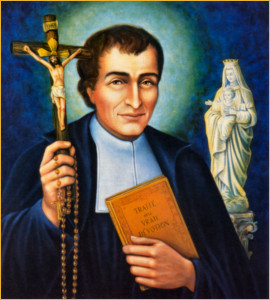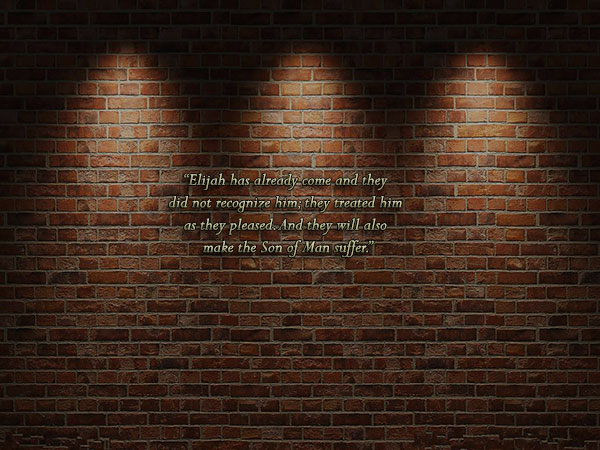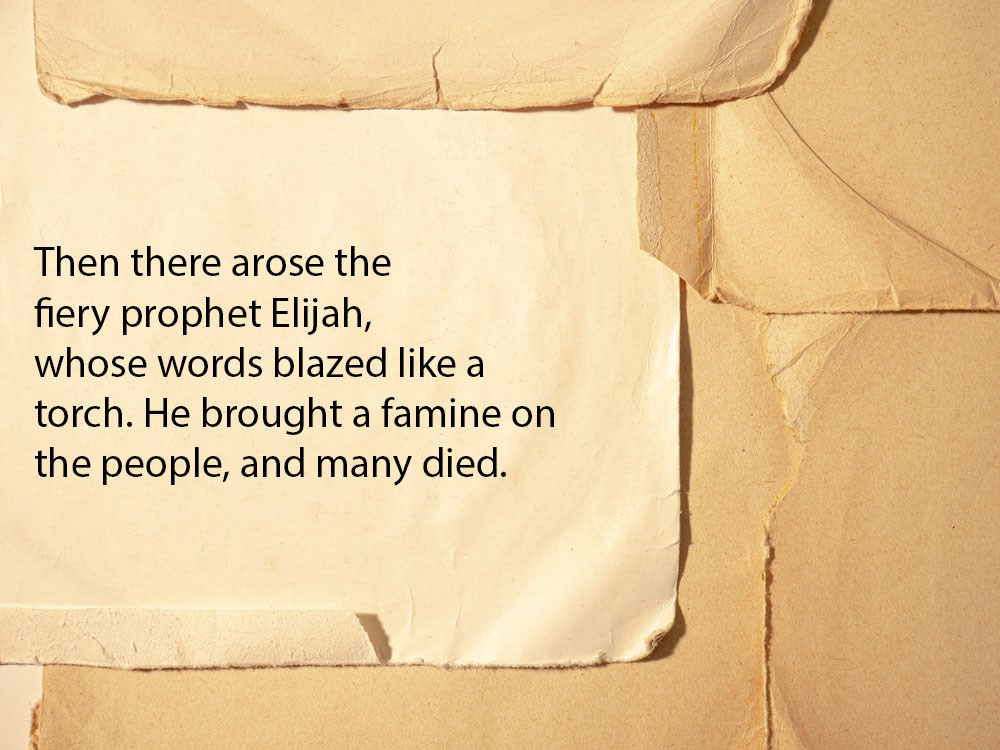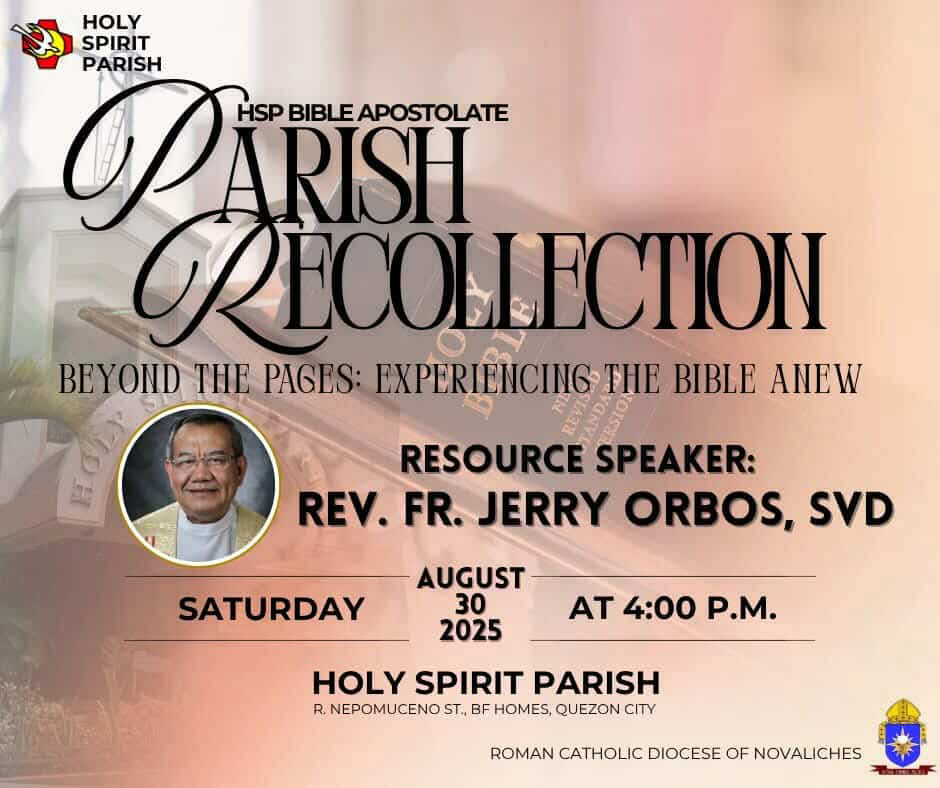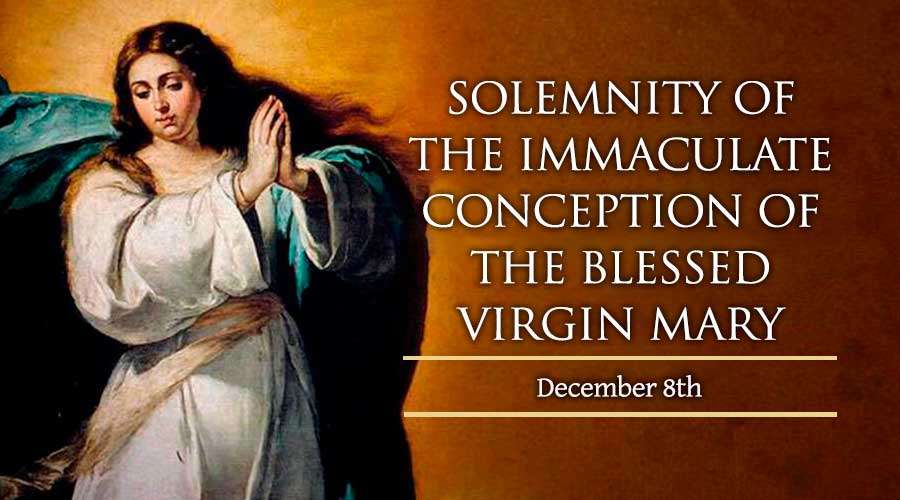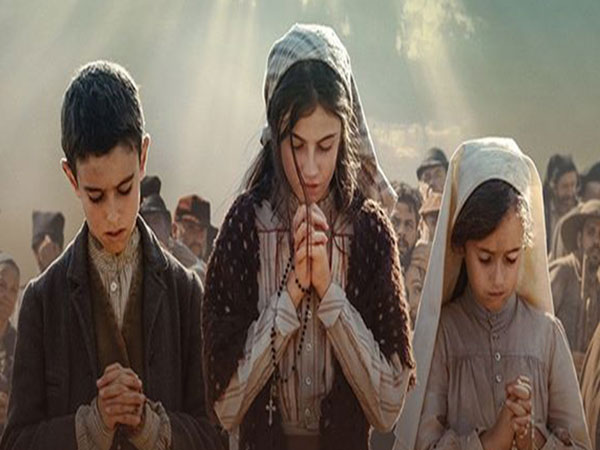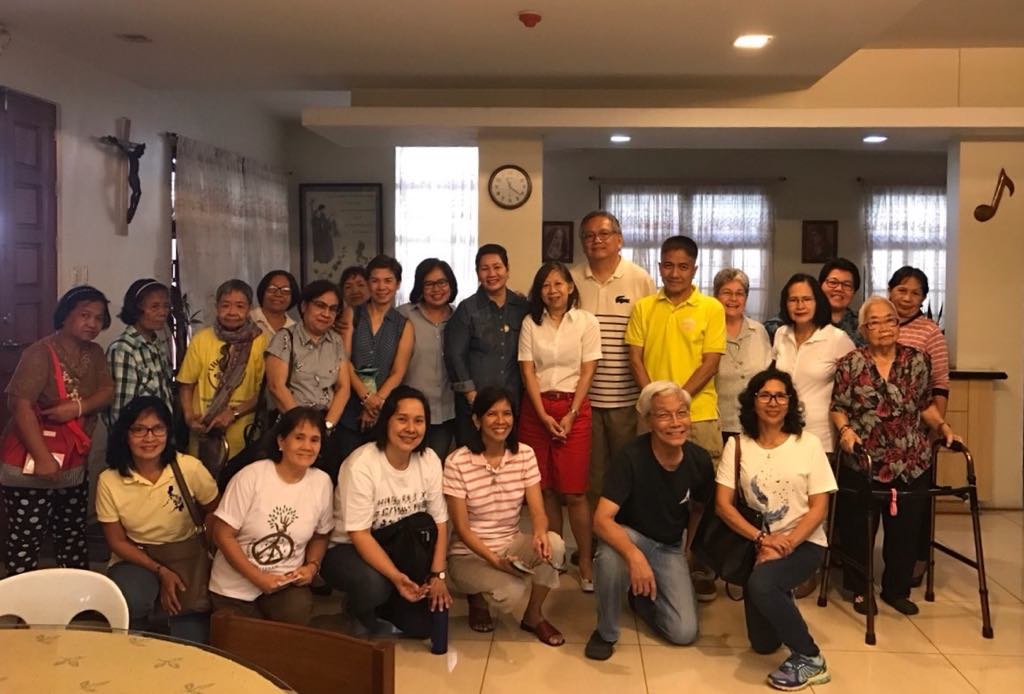
Sr. Liane was effervescent, entertaining and educative. The little that I know of Montfort was considerably enhanced by an evidently enamored fan of his Marian virtues. It was obvious her French lineage helped in her study of him for I still find daunting the two great tomes of his “God Alone,” whose original was in their native tongue.
I could not help but notice how gentle and protective she was in handling, by turns, the small statues of her subjects, as she talked about them, like they were fragile babies and she their mother. Those were the only moments she was not running at the mouth with playful remarks.
Certainly, immensely appreciated was her revelation of the life of Blessed Marie Louise, whom I knew very scant about. A daughter of a court magistrate and a religious mother, her parents were not pleased with her decision to serve at Poitiers General Hospital, where Montfort was chaplain, when she was only seventeen, in the 1700s. Aware of his ill reputation among fellow clergy and laity alike, her mother reportedly told her, “You will become as mad as that priest.” Little did she know that in his humility, Montfort likened himself to a worm, far worse beneath her derogation.
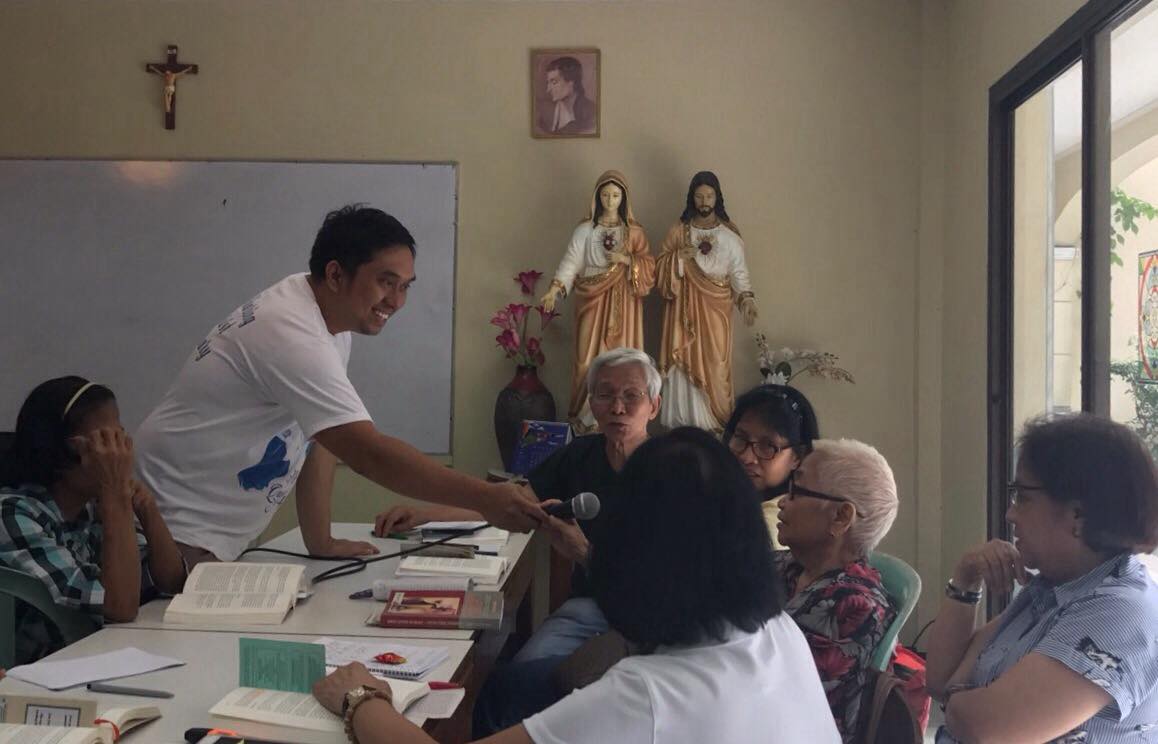
Two years later, Montfort asked Marie Louise to come and live at the hospital. Given that there was no official position for a governor there, despite her family background and boarding-school education, her innate inclination to help the poor and the sick conduced her to volunteer to the hospital as an “inmate.” Marie Louise was a decisive devotee of Mary as she was devoted to Montfort; she left her family, consecrated herself to God and received a religious habit from Montfort. The habit was that of a peasant’s and so enraged her mother but the latter could no longer prevail upon her daughter.
In 1715, Marie Louise and Catherine Brunet, along with two others, received the approbation of Bishop de Champflour of La Rochelle to perform their religious profession under the direction of Montfort. At the ceremony, he told told them, “Call yourselves the ‘Daughters of Wisdom’ for the teaching of children and the care of the poor.” The legacy thrives to this day because of the drive and enthusiasm of the likes of Srs. Liane and Jean, two cheerful, energetic souls who keep their Wisdom House not only spic and span but suffused with hospitality and humor.
I agreed with Sr. Liane when she described unusual (my actual take was “ordained”) the day Marie Louise died at Saint-Laurent-sur-sèvre in Vendée on 28 April 1759, the same day and location where Montfort died 43 years earlier.
She was of a sudden earnest and entreating when she asked us to pray for more vocations because their number is dwindling. We were visibly nodding while our collective hearts Amened.
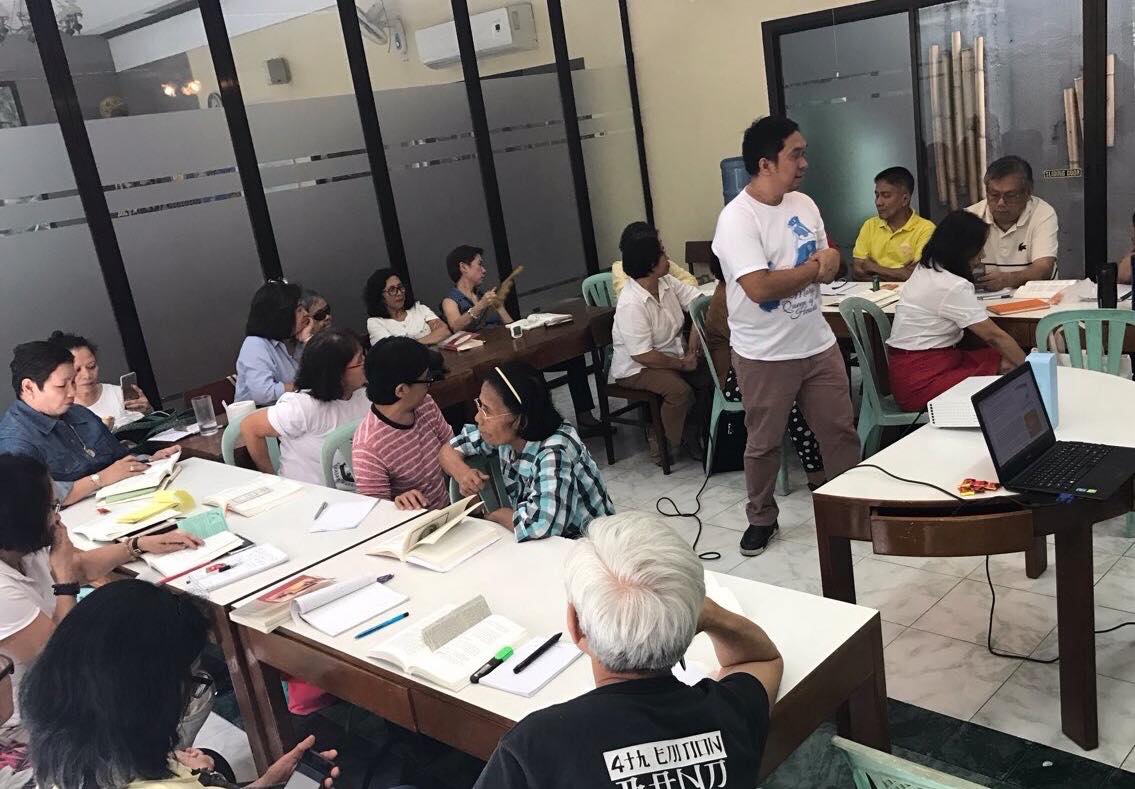
Back to earth, it was a hushed moment when the relics were passed from journeyer to journeyer, group by group, left to right and vice-versa. You could’ve heard it if someone dropped the proverbial pin. It was so still I could hear my eyes water.
From fond farewells, the group drove to the Montfort Center of Spirituality in Madriñan. “Mary DId You Know” was the song which Fr. Benjie Notarte enjoined us to pray alongside the video clip as the start of the 16th session (and the first one on the third stage) of TTJ. I had the premonition that I’d like what will take place as much as I love the song (Clay Aiken’s version was good; we would’ve been unduly disturbed if we saw Pentatonix’s a capella cover). Then he reassured the regret I felt having missed last Friday’s “My Higher Purpose” by summarizing both regret and reassurance: We understand and affirm our learning who we are through choosing between transcendental and self-gratifying desires.
In the call segment of the session “Mary and the Incarnation,” Fr. Benjie asked us to reflect on the Triune Council’s decision to involve Mary in the “rehabilitation” of God’s image in man and woman and then share it with the others. As in, what image, metaphor or symbol can we paint. Hot to catch up, I offered to go first. My vision was that of a woman, Eve, who caused the fall of man. She had to be redeemed by another woman and Mary was the only one worthy. I said I’d depict the decision through before-and-after pictures: one that has Eve with the apple and Mary with th e cross; and the other with Adam and the snake and Christ with His mother. I’d entitle them “The Crime and the Cure.”
UtoLiza likened her view to a rainbow which, after the rain and storms of life, always appears like a bridge to the other side. Sis Gelly spoke for Ate Amy and Ate Car. The former’s insight was a perfect, equilateral triangle of the Father, Son and Holy Spirit with Mary, Their child, mother and spouse, respectively, right smack at the core. The latter’s intuition was the Trinity talking among Themselves and asking “Are We talking about the same person?”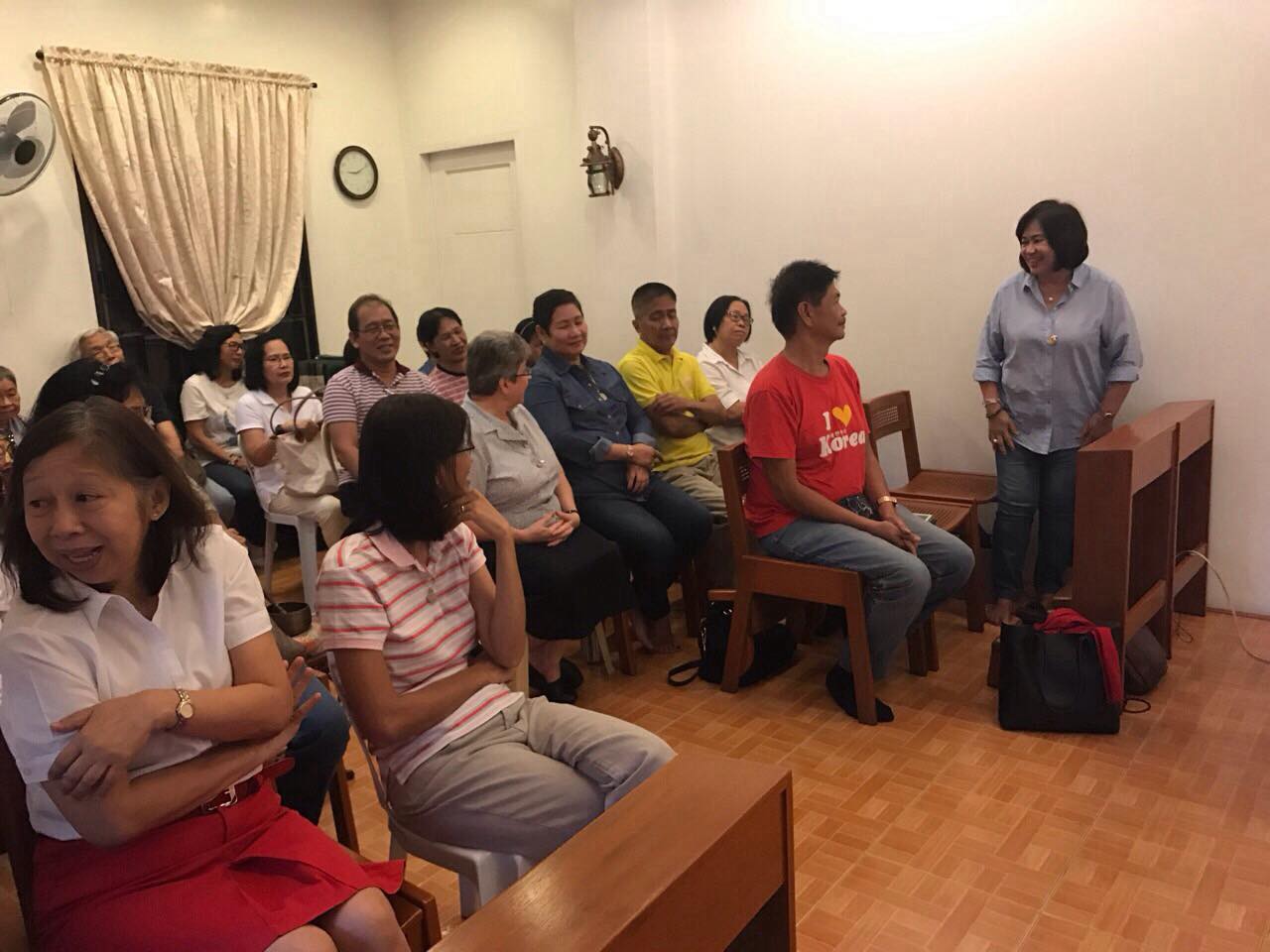
Fr. Benjie summarized that Mary is in heaven, her ourstretched hands pouring out a magnificent perfume that cleanses the world. How very like her Son, I thought. And His Gospel of inclusion.
Sis Angel asked what about those who did not believe in Mary. I was heartened to hear Fr. Benjie’s answer: It didn’t matter; a child of Mary is a child of God.
Kuya Noel aptly capped the discussion with a borrowed youtube message of Venerable Fulton Sheen on Mary which went like this: If you were God planning on being born as human to save the world from sin, would you not choose to have a perfect mother? Looking up the Bishop further, I came across his preamble: The perfection of all motherhood is Mary, the Mother of Jesus, because she is the only mother in all the world who was “made to order” by her Divine Son.




